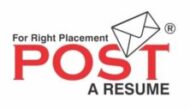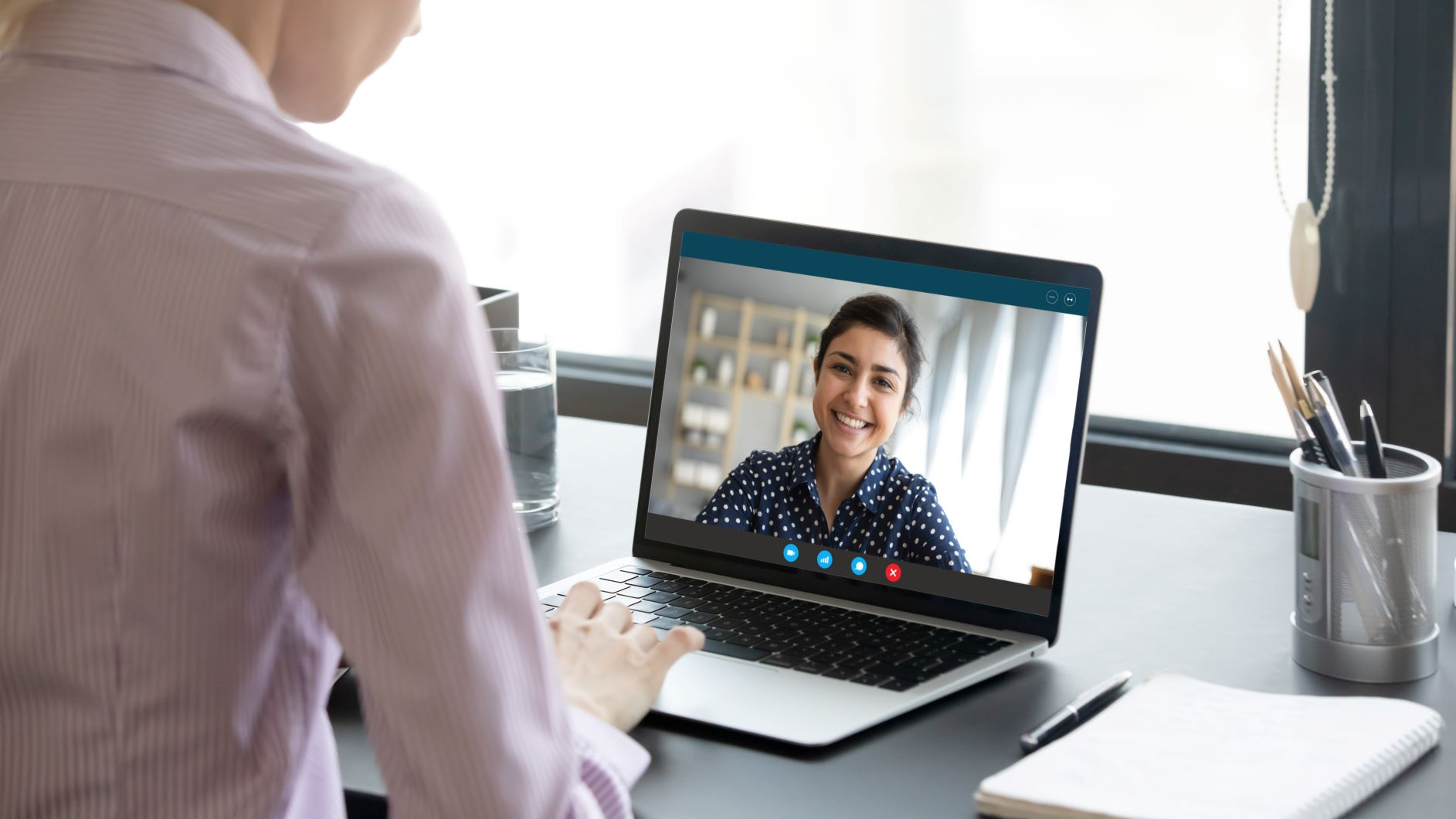We’ve all felt it: The twinge of excitement learning about a new opportunity, scoping out the company culture, and imagining the next chapter of your career. None of that’s changed, but as you hit “Apply,” you realize that the interview process has been transformed.
“Interviewing is hard enough, and not being able to meet in person brings its own challenges,” says Instacart Design Manager Himani Amoli, who leads the Shopper design team. The grocery e-commerce company has been conducting virtual interviews since the beginning of March.
She shares what makes a remote interview successful and how a design candidate can stand out and shine from behind a screen.
Nail Your First Impression (Hint: It’s Not The Initial Phone Call)
You can share work on a site like Dribbble or build a website to showcase your portfolio. Make sure you’re selective about what you showcase. “We’re looking at hundreds of portfolios, so when we review them, we’re making a quick call on bringing you in. So make sure you highlight the work you’re most proud of,” she says. And no matter how experienced you are, one or two in-depth case studies of your best work is enough for recruiters to get a sense of your process.
Pro Tip
“With case studies, don’t bury the lede,” Amoli says. “Show me the final product and then dive into the problem you were trying to solve and how you arrived at the solution. The best case studies I’ve seen have the final outcome upfront so I’m hooked right away instead of scrolling to find it.” Keep in mind, the user interface and user experience of your portfolio—not just the work showcased in it—is a signal towards your design sense.
Outsmart Tech Hiccups
But for design candidates presenting a portfolio virtually, a little extra prep goes a long way in preventing technical hiccups during the interview and setting yourself apart. “One candidate presented his work on Figma,” Amoli recalls. “As the interview started, he shared a Figma link for us to follow along because some of his animations don’t do well on Google Meet and Zoom. I thought that was a pro move: He utilized a tool meant for collaborative designing and presenting and used it to his advantage in an interview.”
Pro Tip
Be comfortable presenting without any audio or visual cues. “It’s really hard not to see faces and expressions when you’re presenting, and your interviewers might be on mute so you won’t hear any laughs at your jokes, which I know would throw me off,” Amoli says. “Practice presenting your work in front of a silent room.”
Be a Visual Storyteller
Come prepared to share the story behind your projects. “At Instacart, we generally want to see two project deep dives, and we want to hear the story behind each project in a narrative format from start to finish,” she adds.
Begin with the underlying “why” behind a project. Why did it exist in the first place? Why was it important to the business and to users? Then, demonstrate how you worked through the problems and made decisions. What were the trade-offs and constraints along the way? Show explorations that didn’t make the cut and share the thought process behind why.
“Then bring us home with the final solution. Share what the impact was and how you measured success,” Amoli says. “I love to see people reflect on their work and the lessons they’ve learned.”
Pro Tip
Prototypes tell a better story than mocks. “Use those to share the work,” Amoli says. “They do a better job of communicating all the work you did, such as transitions and micro-interactions.” Choose projects that reflect the types of problems you love solving—even better if they align with the types of problems the company is solving. “I find so much joy in what I do, and I look for that in candidates,” Amoli says.
Experience the Product or Service Firsthand
“I’ve seen candidates sign up to be an Instacart Shopper and actually shop for customers, even if they’re already a customer themselves,” she says. “To me, these candidates always stand out. They realize that there’s this other side of the business that they don’t know yet, and they come to the interview with all these ideas and opportunities they see.”
Pro Tip
Don’t forget that you’re also interviewing the company. Asking non-generic questions about how the team works, reading the brand’s blog and latest press releases, and doing the extra research also benefits you and your decision-making in your job search. As Amoli puts it, “A lot of people come into an interview as if the company has an upper hand, and that’s not the case at all!”
If you’re still feeling nervous about your virtual interview, don’t sweat it too much. “Know that on the other side, we totally empathize because we’re also doing this for the first time,” Amoli says. “We’re all figuring this out together.”


Pingback: Ten Ways To Use LinkedIn In Your Job Search and how to find saved jobs on LinkedIn. | POST A RESUME
Pingback: Home working linked to rise in MSD meaning musculoskeletal disorders. | POST A RESUME